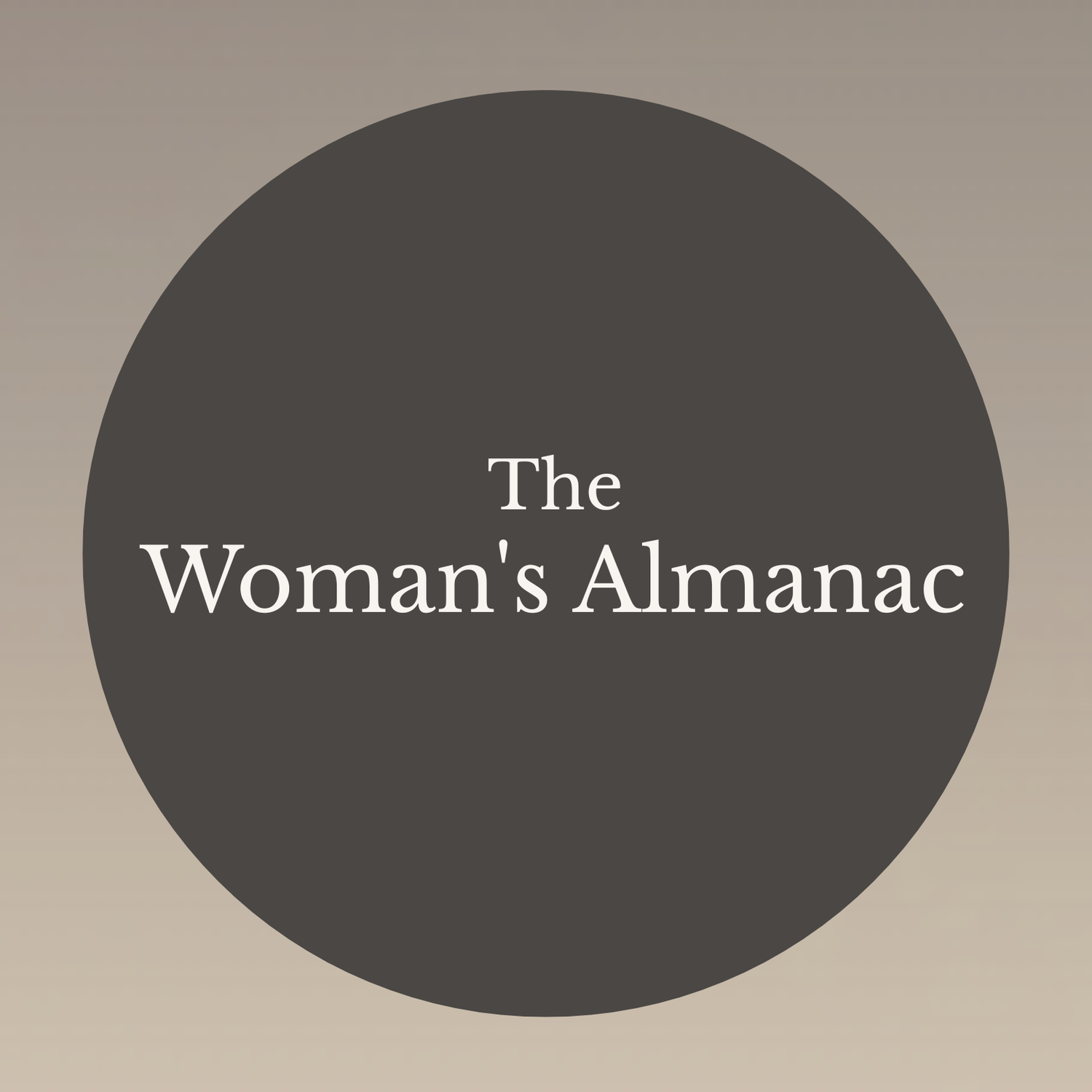Spotting During the First Half of Your Cycle?
What It Could Mean & When to Talk to Your Provider
Not everyone feels amazing during the first half of their cycle.
While the follicular phase is often described as a time of rising energy, clarity, and motivation, this isn’t the case for every woman. If you're noticing spotting between your period and ovulation, it can feel confusing—and sometimes even alarming.
You're not alone. And most importantly, you're not broken.
Let’s talk about what spotting during this phase can mean, what to watch for, and how to advocate for yourself with your provider if something feels off.
First, What Is the Follicular Phase?
The follicular phase begins on the first day of your period and continues until ovulation. As estrogen begins to rise, the uterine lining rebuilds and the body prepares for a possible pregnancy. For many, this is a phase of renewed energy, but for others, it can be marked by confusion, fatigue, or irregular bleeding.
Is Spotting During the Follicular Phase Normal?
Some occasional, light spotting may be harmless—especially if it’s tied to changes in hormone levels or a temporary stressor. But consistent or unexpected spotting during this phase can also be a signal that something deeper is going on.
Common Causes of Mid-Cycle or Follicular Spotting:
Hormonal fluctuations: Especially low estrogen or issues with estrogen dominance
Ovulation-related spotting: A small amount of spotting can sometimes occur right before or during ovulation (though this is usually later in the follicular phase)
Coming off hormonal birth control: Your body may take time to regulate
Stress or significant lifestyle shifts
Thyroid dysfunction, which can impact cycle regulation
Polycystic Ovary Syndrome (PCOS)
Endometrial or cervical inflammation, infections, or polyps
Emotional Impact: When the Bliss Isn’t There
Cycle syncing content often celebrates the follicular and ovulatory phases as times of lightness and high energy. If you're someone who instead feels anxious, disconnected, or weighed down during this time—especially if spotting is involved—it can feel isolating.
This doesn’t mean you’re doing it wrong.
It means your body might be asking for a little extra care or attention.
When to Speak With a Provider
It’s a good idea to schedule a check-in with a trusted provider if you notice:
Spotting that happens more than once per cycle or continues for several months
Spotting that’s accompanied by pain, fatigue, or changes in cervical mucus
A cycle that feels increasingly unpredictable
A sense that you’re not being heard or your symptoms are being dismissed
💬 You deserve a provider who will listen without judgment and help you explore the full picture—not just offer a band-aid solution.
If you don’t feel seen or supported, you are allowed to seek out someone who will respect your lived experience.
Final Thoughts
Your cycle should be thought of as the fifth vital sign. Spotting during the first half of your cycle doesn’t always mean something serious—but it is always worth paying attention to. It’s okay to ask questions. It’s okay to want more from your care.
This space is here for you whether you’re thriving in your follicular phase—or trying to find steady ground within it.
You are not alone in the in-between.
With Warmth,
-Rachel

